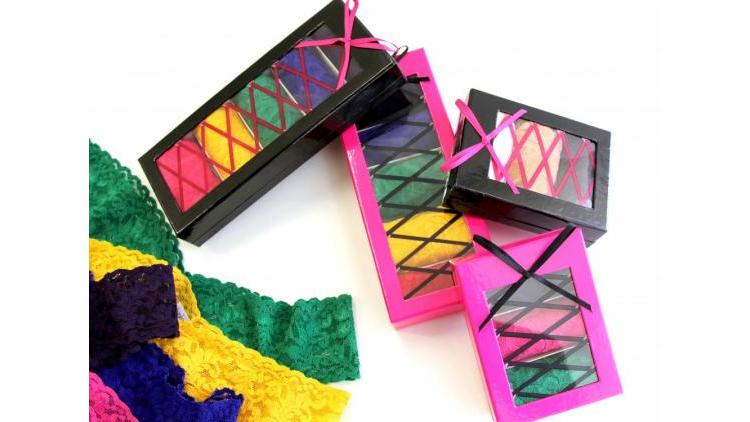Consumers are responding in flocks to brand packaging that feels personal and fits their lifestyles, because it’s important to be in sync with the ones who buy your product, making them feel like they’re the only ones you’re talking to.
Trying to appeal to as broad as an audience as possible leads to a watering down of the brand values and the absence of a unique brand personality: we’re not talking about package segmentation, but about the developing of overarching package design systems to appeal to specific target audiences, defined by the interests of the individuals.
If the customers are responding to packaging that feels personal, that doesn’t necessarily mean that packaging has to be personalized, althought it’s something to consider, as a lot of brands are producing seasonal packaging.

Yet packaging can offer a customized experience close to individuals’ lifestyles that makes them feel they are directly engaged due to shred values, necessitating a deep understanding of the brand; it’s necessary to speak and be in sync with the audience you want to reach, while making every person feels like they’re the only one they’re talking to.
Hasbro’s Nerf Rebelle, Monster Energy Drinks, Knob Creek Bourbon Whiskey and AXE men’s personal care are examples of successful brands with unique personalities that speak to an audience of one while building a community of fans simultaneously. They aren’t for everyone, but everyone who loves these brands is a rabid fan. That’s the point.
Typography, colours and compelling visuals make a significant impact, along with tactile substrates, prompting targeted consumers to notice and pick up packaging.
Connectivity can be achieved via quick-response (QR) codes or cool augmented reality on packaging that enables consumers to use their smartphones to engage with brands in a personal manner. Unique brand personalities, tones of voice, originality and humor can be leveraged and stories can be told; real stories that appeal to its audience’s personal stories and lifestyles. When brands build special cultures that engage their fans to interact with them and with each other, magical things happen. Human beings have a powerful drive to make meaningful connections.
Focusing on the ritual of unwrapping packaging can be a brand focal point, adding a new opportunity for connectivity and sharing, each aspect of interaction reinforcing the brand, going to the hearth of customer experience.
Another aspect to consider is that consumers can’t be pigeon-holed anymore: especially women, they feel alienated by marketing, despite their purchasing power: brands should start focusing on women lifestyles and ambitions.

Kids are another matter: brands must uncover the drivers that influence their groups, targeting forward-thinking graphics, colour combinations and punchy verbal communications. For example, Lego studies kids when they playing, considering also the cultures they live in, their interactions with their parents and how they use technology and social media.
Lego surpassed Mattel as the No.1 toy company in the world in 2014. What’s even more striking is that Lego was named the most powerful brand by Consultancy Brand Finance, which publishes an annual ranking of the top 500 global brands.

This isn’t about being the most valuable brand in monetary terms but about being the highest in customer satisfaction and loyalty. Proof that delivering to an audience’s emotional needs, making the brand part of their lifestyles, committing to keeping brand values and ensuring quality experiences lead to love and undying loyalty.
Source article on Packaging Digest